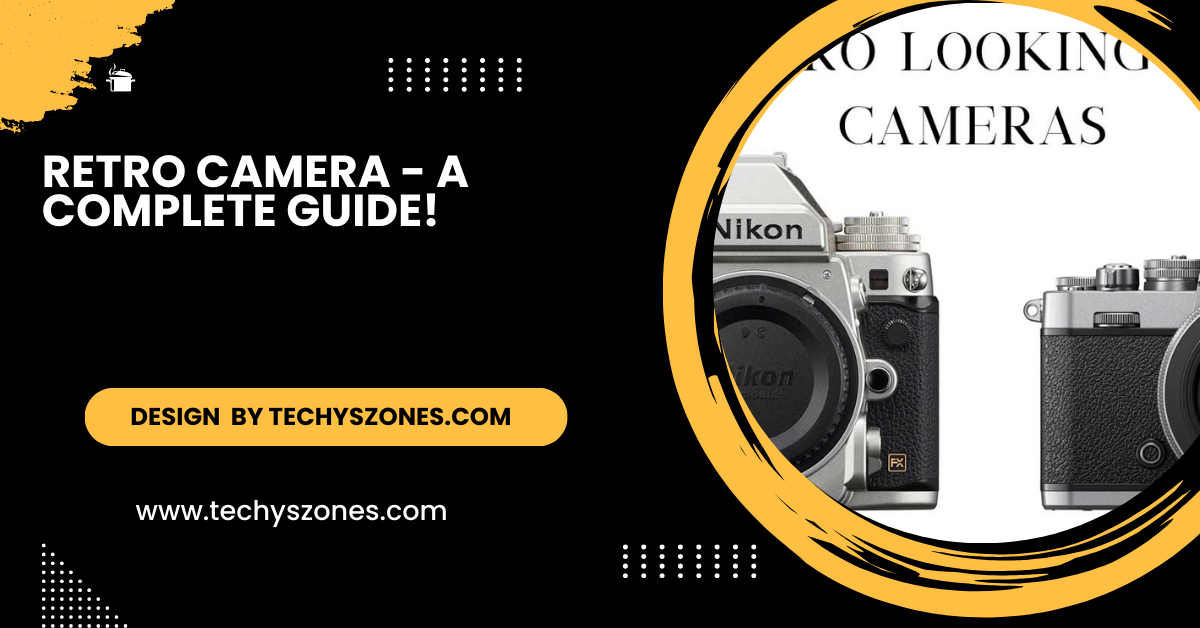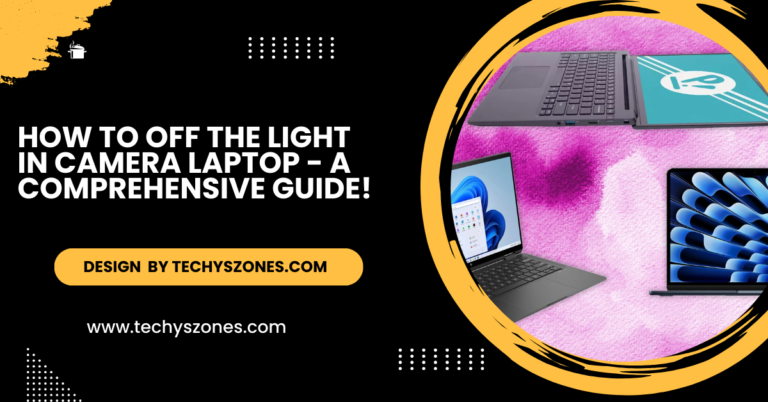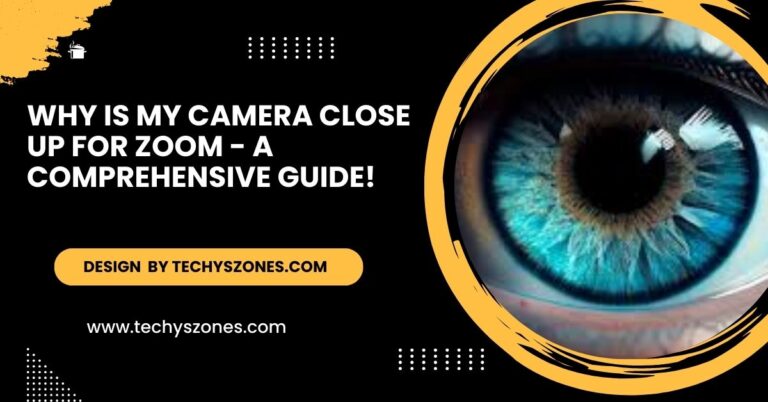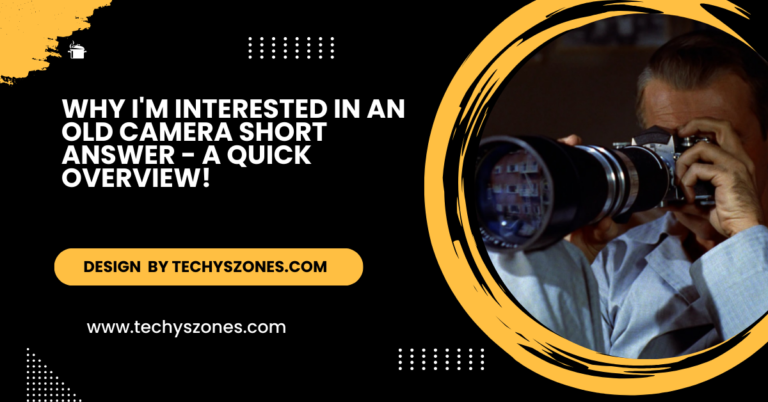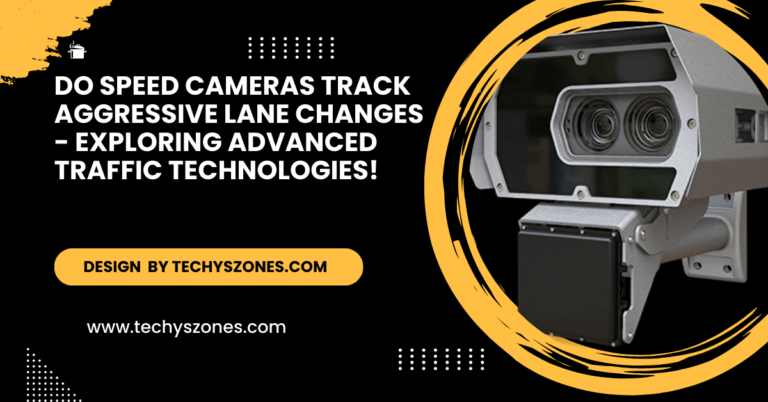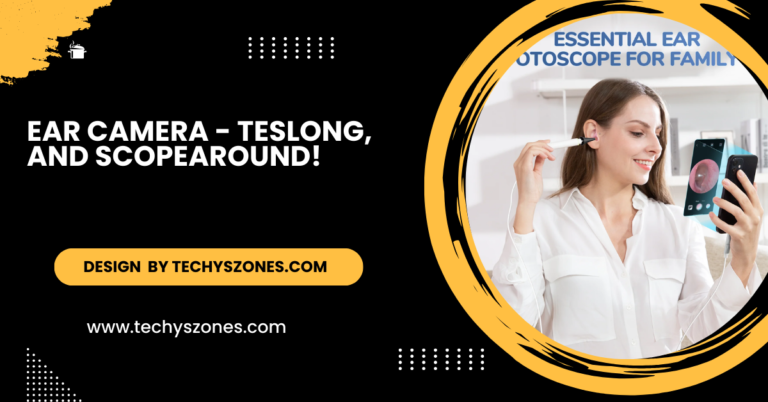Camera Parts – A Guide To Lenses, Sensors, And More!
Full-frame sensors offer superior image quality and low-light performance, while APS-C sensors are smaller, more affordable, and provide good quality with limited depth of field control.
In this article, we explore essential camera parts, including lenses, sensors, viewfinders, and more, to help photographers of all levels understand how these components work together to create stunning images.
Lens: The Heart of Your Camera
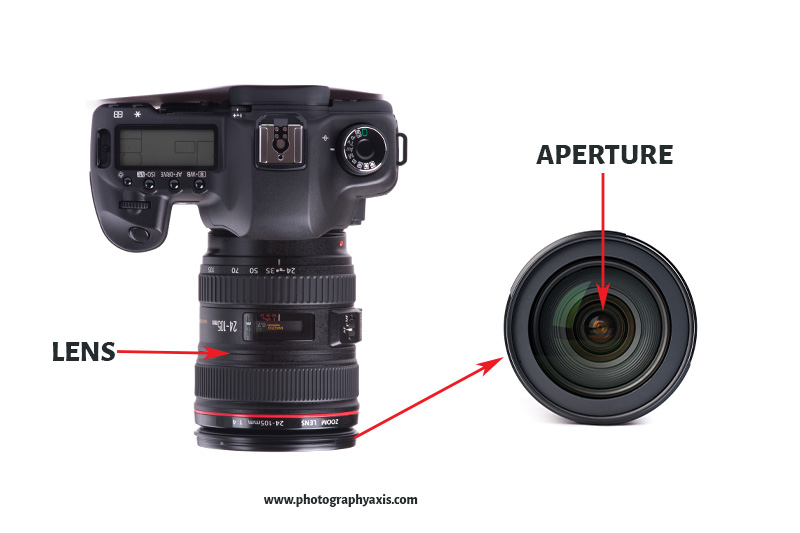
The lens is often regarded as the most important part of a camera because it directly impacts the quality and sharpness of your photos. It’s responsible for focusing light onto the image sensor or film, and the quality of the lens determines how well it can capture detail and color.
Types of Lenses:
- Prime Lenses: These lenses have a fixed focal length (e.g., 50mm, 35mm) and are known for their sharpness and wide aperture. Because they don’t zoom, prime lenses force you to move around your subject, which can improve creativity and framing.
- Zoom Lenses: Offering flexibility, zoom lenses allow you to change focal lengths, making them versatile for various shooting scenarios. For instance, a 24-70mm lens is perfect for both wide-angle shots and portraits.
- Wide-Angle Lenses: These lenses have a short focal length (less than 35mm) and are ideal for photographing large scenes, like landscapes or architecture. They offer a broader field of view, allowing more of the scene to fit into the frame.
- Telephoto Lenses: A telephoto lens has a long focal length (usually above 70mm), allowing you to capture distant subjects with great detail. These are commonly used in wildlife or sports photography.
- Macro Lenses: Specifically designed for close-up photography, macro lenses allow you to photograph tiny details, such as flowers or insects, in sharp focus.
Image Sensor: Capturing Light and Detail
The image sensor is the part of the camera that captures the light coming through the lens and converts it into a digital image. The sensor’s size and technology directly affect the image quality, with larger sensors generally capturing more detail and performing better in low-light conditions.
Types of Sensors:
- CMOS Sensors: Complementary Metal-Oxide-Semiconductor (CMOS) sensors are widely used in modern digital cameras. They offer a good balance between power efficiency, image quality, and speed.
- CCD Sensors: Charged Coupled Device (CCD) sensors are older technology but are known for producing high-quality images with less noise. However, they consume more power compared to CMOS sensors.
Sensor Sizes:
- Full-Frame Sensors: Equivalent in size to a 35mm film frame, full-frame sensors offer the highest quality and best performance in low light. They capture more detail and create a shallower depth of field.
- APS-C Sensors: Smaller than full-frame sensors, APS-C sensors are commonly found in crop-frame cameras. They offer good image quality and a more affordable price point.
- Micro Four Thirds: Even smaller than APS-C, these sensors are found in some mirrorless cameras and offer a compact, lightweight option without sacrificing too much image quality.
Viewfinder: Composing Your Shot
The viewfinder is an essential component that allows you to compose and preview your shot before taking it. There are two main types of viewfinders: optical and electronic.
Types of Viewfinders:
- Optical Viewfinder (OVF): Found in DSLR cameras, an OVF provides a direct optical view of the scene through the lens, with no delay or pixelation. It’s ideal for fast-moving subjects and outdoor shooting in bright conditions.
- Electronic Viewfinder (EVF): Found in mirrorless cameras, an EVF displays a digital image preview on a small screen inside the viewfinder. EVFs allow you to see the effects of settings like exposure, depth of field, and white balance in real-time.
Also Read: What Camera Do Youtubers Use – Choosing The Right Youtube Camera!
Aperture: Controlling Light and Depth of Field
Aperture refers to the size of the opening in the lens that controls how much light enters the camera. It also affects the depth of field, which is the amount of the image that appears in focus.
F-Stops:
- Wide Aperture (e.g., f/1.8): Allows more light in and creates a shallow depth of field, which blurs the background and makes the subject stand out (great for portraits).
- Narrow Aperture (e.g., f/16): Lets in less light but gives a deeper focus range, making it ideal for landscapes where you want everything from the foreground to the background in focus.
ISO: Adjusting Light Sensitivity
ISO is a measure of the camera’s sensitivity to light. By increasing ISO, you can brighten photos in low-light conditions, but doing so may introduce noise or grain.
ISO Ranges:
- Low ISO (e.g., 100-400): Best for bright conditions, producing cleaner images with minimal noise.
- High ISO (e.g., 1600-6400): Ideal for low-light situations, but can result in grainy or noisy images.
FAQ’s
1. What is the most important part of a camera?
The lens is often considered the most important part of a camera as it directly affects image quality by focusing light onto the image sensor.
2. What is the difference between a full-frame and APS-C sensor?
A full-frame sensor is larger and offers better image quality, especially in low light, while an APS-C sensor is smaller and more affordable, with good quality but less control over depth of field.
3. What is the function of the viewfinder?
The viewfinder allows you to compose and preview your shot before taking it. There are two types: optical (for clear visibility in bright light) and electronic (for accurate exposure adjustments).
4. How does aperture affect photos?
Aperture controls the amount of light entering the camera and affects depth of field. A wide aperture (e.g., f/1.8) creates a blurry background for portraits, while a narrow aperture (e.g., f/16) keeps everything in focus, ideal for landscapes.
5. How does ISO impact photo quality?
ISO determines the camera’s sensitivity to light. A low ISO produces cleaner images, while a high ISO is used in low light but may introduce grain or noise into the image.
Conclusion:
In conclusion, mastering the essential parts of a camera is key to enhancing your photography skills. By understanding how each component, from the lens to the sensor, contributes to image quality, you can take full control over your camera. Whether you’re a beginner or an experienced photographer, this knowledge will help you create more stunning and professional visuals with confidence.

